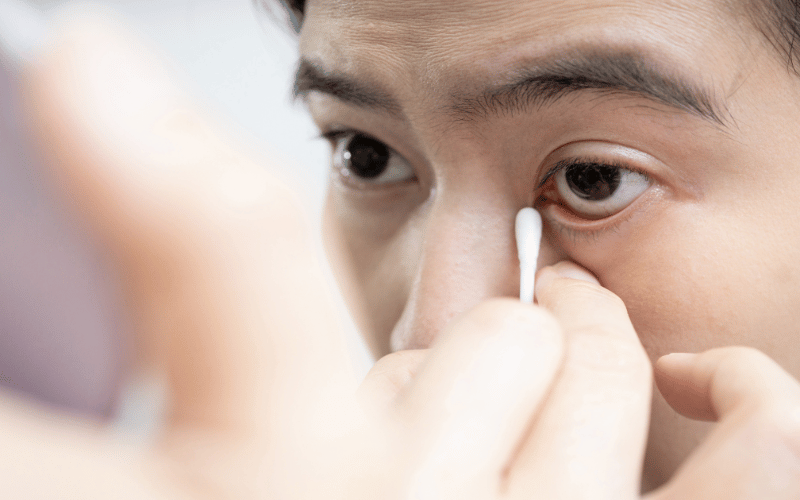Symptom 8: Trichiasis – The Turning Point

Trichiasis, a critical and often painful symptom of advanced trachoma, marks a turning point in the disease’s progression. This condition is characterized by the inward growth of eyelashes, which constantly rub against the cornea and conjunctiva. This aberrant growth is not just a physical anomaly but a sign of significant tissue damage and scarring caused by repeated trachoma infections. Trichiasis is a major risk factor for corneal damage and can lead to severe visual impairment if not promptly addressed.
The presence of trichiasis significantly impairs daily life. The constant irritation and abrasion from the misdirected eyelashes cause continuous discomfort and pain. Simple actions like blinking can become a source of agony. For many, this condition leads to a persistent fear of causing further damage to the eye, adding an emotional toll to the physical pain.
Trichiasis stems from the scarring and contracture of the eyelid that occurs due to the chronic inflammation associated with trachoma. The scar tissue pulls the eyelid inward, leading to the misdirection of eyelashes towards the globe of the eye. Each blink causes these lashes to scrape across the sensitive surface of the cornea and conjunctiva, leading to further irritation, risk of corneal abrasion, and potential secondary infections.
Treating trichiasis involves a combination of surgical and medical approaches. The primary goal is to correct the inward turning of the eyelashes to prevent corneal damage. Surgical procedures, such as eyelid rotation surgery, are often required to reposition the eyelids and eyelashes correctly. Additionally, managing the underlying trachoma infection with antibiotics is crucial to prevent further scarring and recurrence of trichiasis.
The successful management of trichiasis can greatly improve the quality of life and reduce the risk of blindness. However, the best strategy against trichiasis is prevention through early detection and treatment of trachoma. Community health initiatives focusing on improving hygiene, sanitation, and access to healthcare are vital in preventing the onset of trichiasis and other severe complications of trachoma. The journey from trichiasis to recovery underscores the importance of comprehensive care and community engagement in the fight against trachoma. (8)